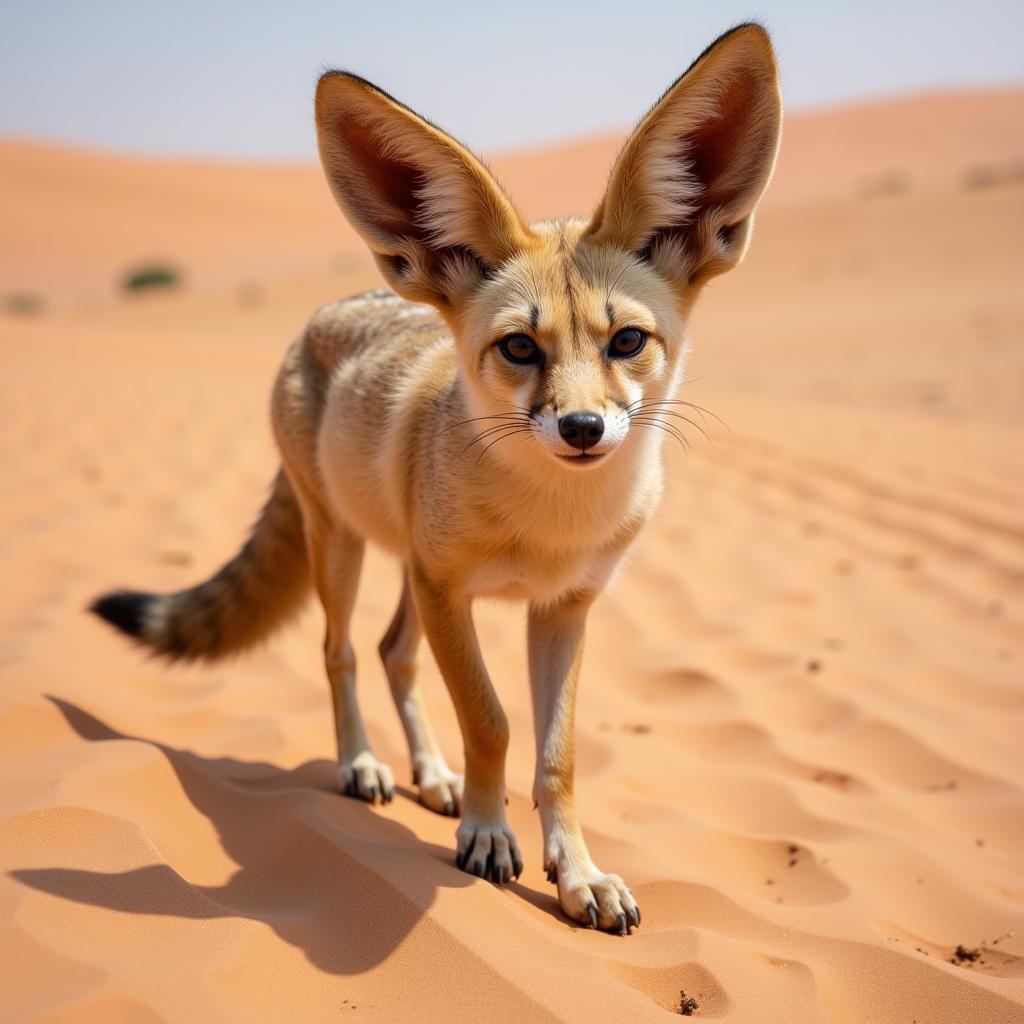Unveiling the Complexities of the African Food Web
The African Food Web, a captivating tapestry of life and interconnectedness, reveals the intricate relationships between producers, consumers, and decomposers within one of the world’s most biodiverse continents. From the savannas teeming with herbivores to the lush rainforests brimming with life, understanding this complex network offers a glimpse into the delicate balance that sustains Africa’s extraordinary ecosystems.
The Foundation of Life: Producers in the African Food Web
At the base of the African food web are the producers, primarily plants that harness the sun’s energy through photosynthesis. These photosynthetic powerhouses, from towering acacia trees to resilient grasses, convert sunlight into chemical energy, forming the foundation upon which all other life depends.
Beyond the savannas, diverse ecosystems like rainforests, deserts, and wetlands boast their own unique array of producers. Each plant species plays a vital role in sustaining the intricate web of life, providing food and shelter for a myriad of creatures.
Navigating the Levels: Consumers in the African Food Web
The energy captured by producers travels through the food web as consumers, unable to produce their own food, rely on consuming other organisms for sustenance.
Herbivores: The Plant Eaters
Herbivores, the primary consumers, directly feed on plants, forming the crucial link between producers and higher-level consumers. Iconic African herbivores like zebras and gazelles graze on grasses, while giraffes browse on acacia leaves. These animals, with their specialized digestive systems, convert plant matter into energy that fuels their own growth and reproduction.
Carnivores: The Predators at the Peak
Carnivores, occupying the upper levels of the food web, obtain energy by preying on other animals. From the majestic lion, the apex predator of the savanna, to the stealthy leopard, these carnivores play a crucial role in regulating prey populations.
Smaller carnivores like cheetahs and wild dogs contribute to the delicate balance by targeting specific prey species, ensuring the overall health of the ecosystem.
Omnivores: The Adaptable Eaters
Occupying a flexible niche within the African food web are omnivores, creatures that consume both plants and animals. The opportunistic scavenger, the hyena, exemplifies this adaptability, feeding on carcasses left behind by predators and supplementing their diet with fruits and insects. Baboons, with their diverse palate, also demonstrate the omnivore’s ability to thrive in a variety of environments.
The Essential Breakdown: Decomposers in the African Food Web
The final chapter in the African food web belongs to the decomposers, often overlooked yet crucial for ecosystem health. Fungi and bacteria break down dead organisms – plants and animals alike – into simpler substances, returning essential nutrients to the soil. This process of decomposition enriches the soil, providing vital nourishment for the growth of new plants, thus completing the intricate cycle of life.
Interconnections and Consequences: Understanding the Delicate Balance
The African food web is not a static entity; it’s a dynamic system constantly adapting to changes in the environment. The interconnectedness of all levels within this web highlights the delicate balance that sustains life.
 African Fennec Fox in Desert Habitat
African Fennec Fox in Desert Habitat
For example, a decrease in rainfall affecting plant growth can ripple through the entire food web, impacting herbivore populations and subsequently affecting carnivore numbers. Understanding these intricate connections is crucial for conservation efforts, ensuring the long-term health and survival of Africa’s magnificent ecosystems.
Conclusion: Protecting Africa’s Web of Life
The African food web, a testament to nature’s intricate design, showcases the interconnectedness of life on this diverse continent. From the smallest insects to the largest mammals, each organism plays a vital role in maintaining the delicate balance of these ecosystems. Recognizing the importance of this interconnectedness and understanding the complex relationships within the African food web is essential for appreciating the value of biodiversity and promoting conservation efforts for generations to come.
FAQ
1. What is the role of scavengers in the African food web?
Scavengers play a vital role in the African food web by consuming carcasses left behind by predators, preventing the spread of diseases and returning nutrients to the ecosystem.
2. How does climate change impact the African food web?
Climate change can significantly disrupt the African food web by altering rainfall patterns, leading to droughts or floods, which can impact plant growth, animal migration, and ultimately, the delicate balance of the entire ecosystem.
3. What are some examples of keystone species in the African food web?
Elephants and lions are considered keystone species in the African food web due to their significant influence on the ecosystem. Elephants shape landscapes through their feeding habits, while lions regulate prey populations, ensuring ecosystem stability.
Need Help?
Do you have more questions about the African food web or other fascinating aspects of African Life? Our team is here to assist you 24/7. Contact us at +255768904061, email us at [email protected], or visit our office at Mbarali DC Mawindi, Kangaga, Tanzania.

